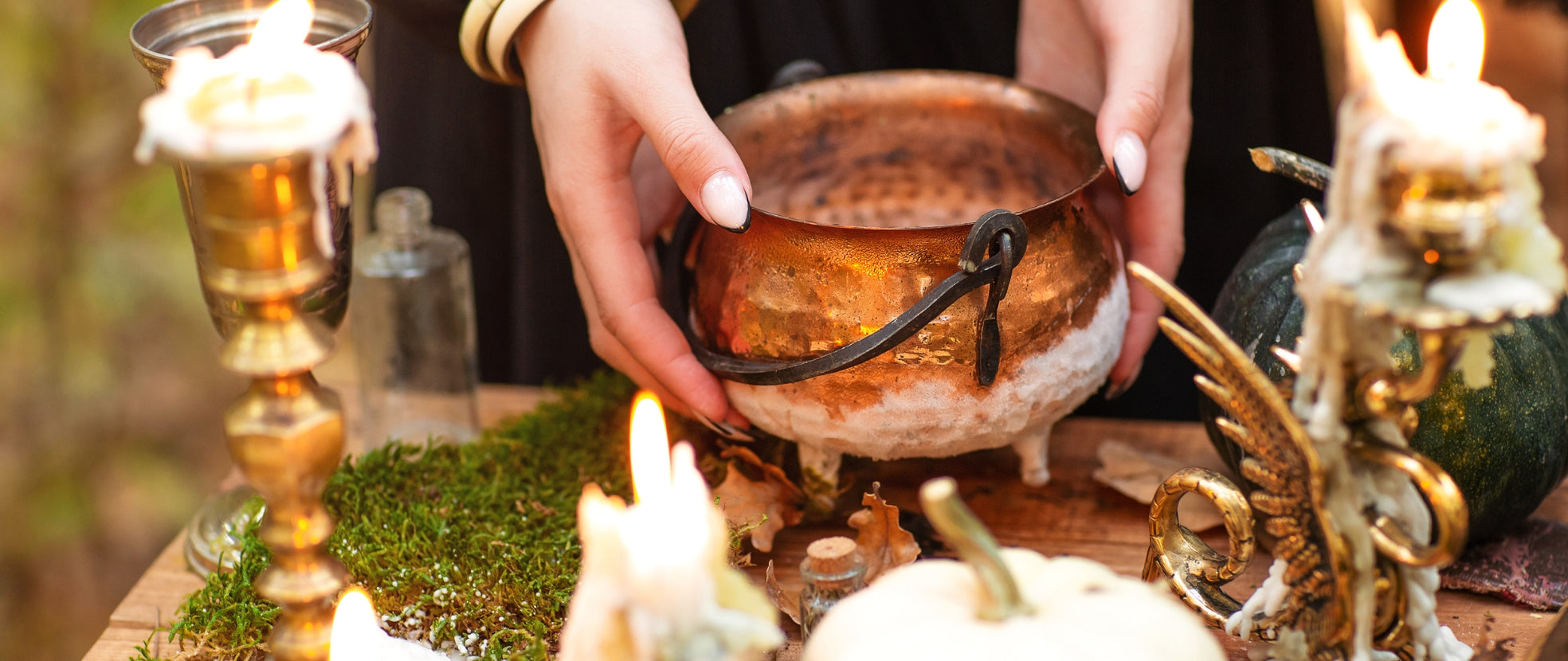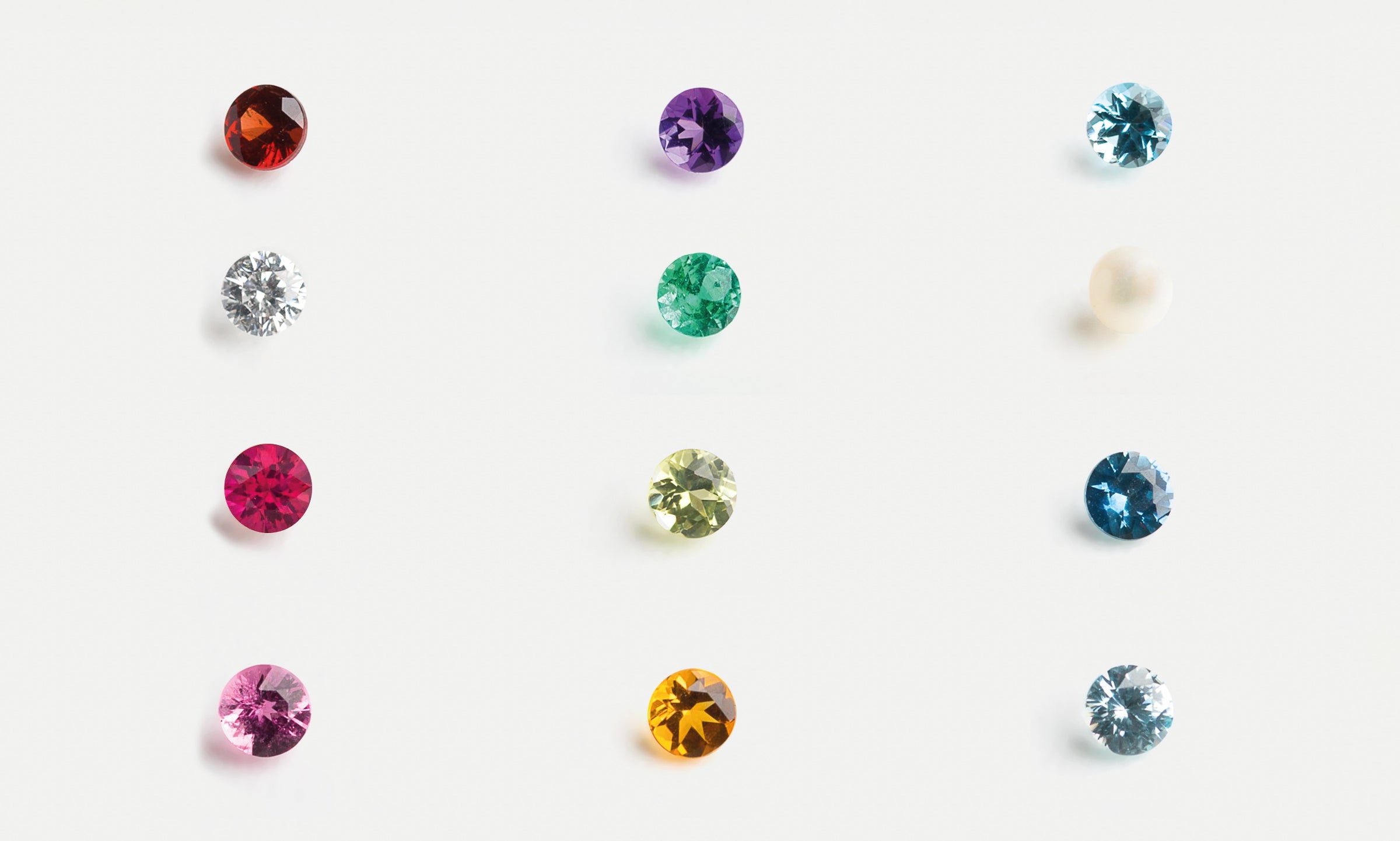In this What on Earth feature, we put the spotlight on the most common variety of the mica group of silicate minerals: muscovite.
The Physical Properties of Muscovite
Muscovite comes in many colours. Thick specimens can be brown, black or silver while thin ones can be brown, grayish, light red, or pale green. This rock-forming mineral grows in groups (at times in huge crystal aggregates weighing hundreds of pounds) in igneous, metamorphic, and sedimentary rocks.
It easily splits into thin and elastic sheets like other varieties of mica. It has a pearly to glassy lustre which is a unique property for a common mineral. Muscovite is a fragile mineral with a Mohs hardness rating of 2 to 2.5. It can easily crumble when it absorbs water.
Its crystals have different formations. They can be thick flakes, tabular, flaky, or scaly. Some can even be elongated, stubby, star-shaped, or thick rosettes. Other specimens can have globular and botryoidal crystals.
The History of Muscovite
Muscovite is formed through the regional metamorphism of argillaceous rocks (sedimentary rocks made of clay-grade particles).
The heat and pressure during metamorphism turns the clay minerals into grains of mica as metamorphism occurs. Muscovite can grow as isolated or abundant grains in gneisses and schists.
Where does the name muscovite come from?
It is derived from the name Muscovy glass which is what the mineral was called during medieval Russia (Muscovy). It was the German mineralogist Johann Gottfried Schmeisser who first used the stand-alone name muscovite to refer to the mineral in his System of Mineralogy.
In the 1700s, muscovite was used as a low-cost alternative to glass in window panes due to its ability to be cut into thin transparent sheets. It was extracted from pegmatites in Moscow for this specific purpose.
Today, muscovite is found in many locations including Brazil, India, Pakistan, Switzerland, and the USA. It is used as a fireproofing and as an insulation material for electrical products and semiconductors.
Ground muscovite is used in paints, well-drilling muds, and as a joint cement and welding rods. It's also an ingredient in nail polish, mascara, nail polish, glitter, and eye shadow.

The Lore of Muscovite
According to health folklore, muscovite is able to treat:
- Allergies
- Blood sugar problems
- Dehydration
- Kidney and adrenal glands concerns
- Inflammation
- Broken bones after an accident or surgery
Meditating with a muscovite stone is believed to invite elemental spirits to inhabit your garden or the surroundings of your home. Elementals embody each of the four elements of our world (earth, water, air, and fire) and they maintain harmony and balance in nature.
The Metaphysical Properties of Muscovite
Muscovite is believed to expand mental capacity and activate psychic abilities (e.g. telepath, clairvoyance, and ESP). It heightens your consciousness so you can attune to the wisdom of the divine beings. This results in achieving a deeper understanding of yourself and the world around you.
It's also said that the mineral can serve as a communication channel between a person and the deities during meditation. Holding a muscovite near your third eye will lower the barriers that keep your mind from accessing the spiritual plane.
If you're working with high-vibration stones for the first time, note that you may experience a strong surge of information from spirits. Some people reported feeling symptoms like headaches, dizziness, or difficulty sleeping after an encounter with these stones.
To reverse these effects, wear a piece of muscovite or place it nearby. It will calm your mind and ease these symptoms.
In addition to its calming properties, muscovite increases agility of thought. When you need to solve a problem or navigate a situation that requires critical thinking, the mineral will assist your mind to draw solutions using information from the past. Perhaps one of the best applications of muscovite is during intense studying.
Note: There is no scientific evidence that supports the effectiveness of mineral stones and crystals in treating ailments. All information published here is purely for educational purposes.
Scientists attribute the healing impact to the placebo effect that takes place when using stones and crystals. Holding stones and meditating with them is said to trigger the release of feel-good hormones (endorphins and dopamine) in the brain.
Sources:
Elemental Spirits of the World: A Complete Guide. (n.d.). Paranormal School. Accessed at https://paranormalschool.com/elemental-spirits-complete-guide/
King, H. (n.d.). Muscovite. Geology.com. Accessed at https://geology.com/minerals/muscovite.shtml
Muscovite. (n.d.). Crystal Council. Accessed at https://thecrystalcouncil.com/crystals/muscovite
Muscovite. (n.d.). Geology Rocks and Minerals. Accessed at https://flexiblelearning.auckland.ac.nz/rocks_minerals/minerals/muscovite.html
Oakes, L. (n.d.). Muscovite. Healing Crystals for You. Accessed at https://www.healing-crystals-for-you.com/muscovite.html
Siever, R. (2019). Argillaceous rock. Access Science. Accessed at https://www.accessscience.com/content/049900
The Mineral Muscovite. (n.d.). Minerals.net. Accessed at https://www.minerals.net/mineral/muscovite.aspx




